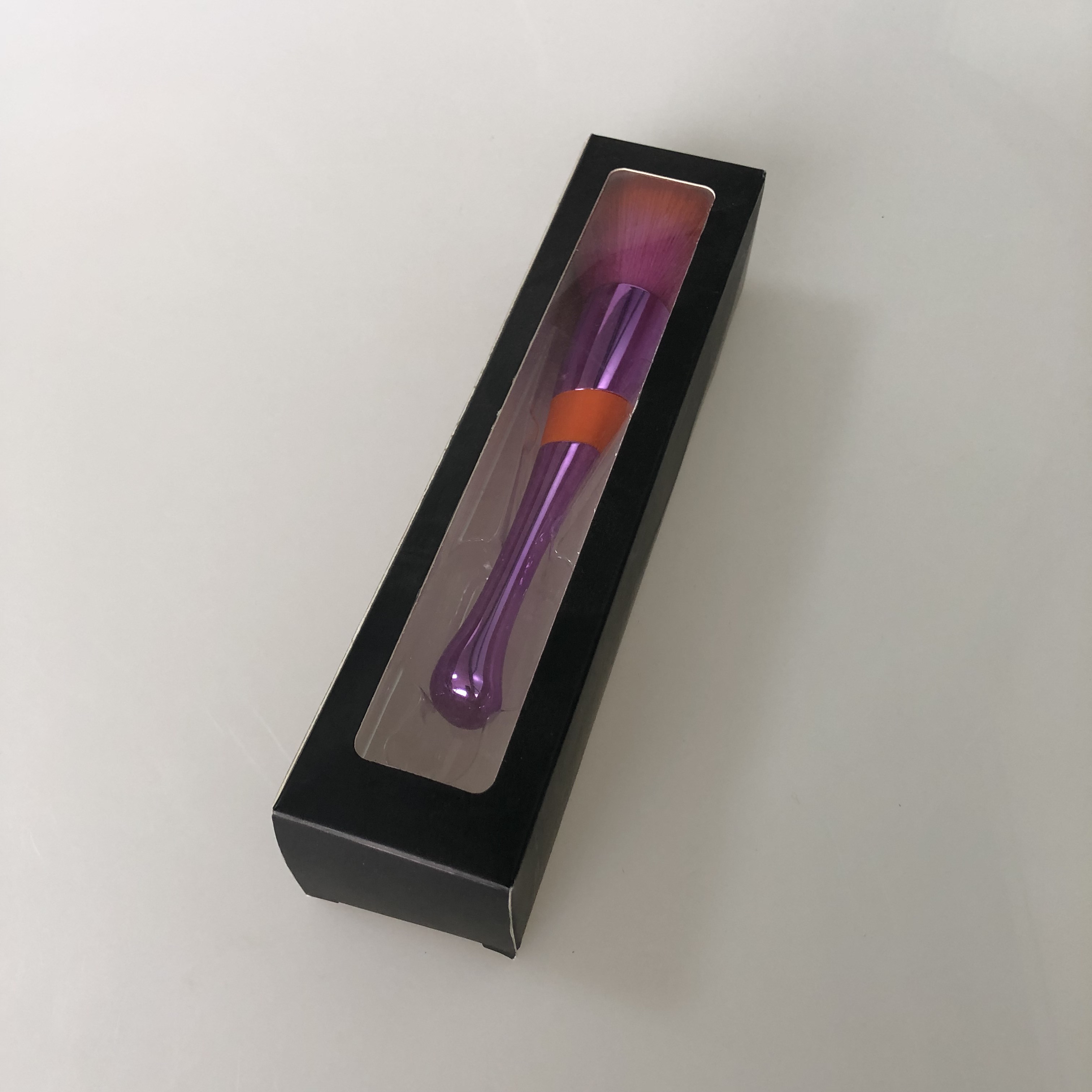The process of decomposition of niobium and tantalum co ncentrate by acid leaching method, which is converted into a soluble component and an insoluble impurity, and is extracted. One of the raw material processing methods. The resulting leachate was used as a raw material for further extraction of rhodium. There are mainly sulfuric acid roasting decomposition method and hydrofluoric acid decomposition method. The sulfuric acid roasting decomposition method generally uses concentrated sulfuric acid to roast and decompose the antimony concentrate. Tantalum, niobium concentrate all of the metal components under firing conditions and almost all the sulfuric acid to produce a soluble or insoluble sulfates. The calcined product has two treatment methods of acid leaching and water leaching. In the acid leaching treatment, the mash enters the leaching solution, and the leaching solution can be used as a raw material for separation of the button leather. In the case of water leaching treatment, soluble sulfates such as lanthanum , cerium, rare earth, cerium , titanium , iron , aluminum, etc. all enter the solution, and the pH value of the hydrazine, hydrazine, rare earth and the like may be used for hydrolysis, and the stepwise hydrolysis method is used (see Precipitation) Separation of strontium and barium from other elements.

The antimony, antimony and titanium of the antimony concentrate are calcined at a temperature of 453 to 523 K, and are generally completely decomposed. The sulfuric acid roasting decomposition method is suitable for the treatment of low-grade antimony concentrate. Due to the low radon concentration of the leachate, the amount of leachate treatment is large, the purity of the product is low, and the consumption of sulfuric acid is large, which is rarely used internationally. The hydrofluoric acid decomposition method has a good effect of decomposing cerium concentrate with hydrofluoric acid and is widely used internationally. This method is characterized by the simultaneous decomposition and leaching, but almost all of the mineral components react with the hydrofluoric acid, so that the consumption of hydrofluoric acid is large. Therefore, the hydrofluoric acid decomposition method is suitable for treating high-grade antimony concentrate. The main reactions of strontium, barium and titanium in the deuterium concentrate during the decomposition of hydrofluoric acid are:

Other metal impurities also form corresponding fluorides. When the concentration of hydrofluoric acid in the solution is less than 7%, H2NbF7 is hydrolyzed to form H2NbOF5. The factors affecting the decomposition reaction mainly include the concentration and amount of hydrofluoric acid, the size of the concentrate, the decomposition temperature, the stirring speed and the decomposition time. The concentration and amount of hydrofluoric acid increase, and the decomposition reaction speed increases. The concentration of the hydrofluoric acid is generally 25 to 30 mol/L. The addition of sulfuric acid during the decomposition process increases the rate of decomposition reactions due to the reaction of certain components of the concentrate with sulfuric acid. The decomposition reaction rate is proportional to the total surface area of ​​the concentrate particles, and the total surface area of ​​the particles is inversely proportional to the particle radius. Reducing the particle size of the concentrate is beneficial to increase the decomposition reaction rate. Antimony concentrates having a particle size of 0.074 mm or less are generally used. The decomposition temperature is high, the decomposition reaction speed is fast, generally the material is added at a temperature lower than 333K, and the temperature is kept at 353K for 6-8 hours. The decomposition rate of the antimony concentrate is controlled by the thickness of the diffusion layer, and appropriately increasing the stirring speed can reduce the thickness of the diffusion layer, which is advantageous for increasing the decomposition speed. The decomposition rate of the cerium concentrate decomposed with hydrofluoric acid is generally above 98%, and the cerium content in the decomposition residue is less than 1%. Hydrofluoric acid is a highly corrosive acid which is easily volatilized when heated, and the decomposition operation is carried out in a sealing tank of lead- lined, rubber-lined or molybdenum- nickel alloy. The workplace should be equipped with effective ventilation facilities, and it is strictly forbidden to contact human body with hydrofluoric acid. The waste slag decomposed by bismuth concentrate hydrofluoric acid often contains radioactive elements such as uranium and thorium. According to the national radioactive protection regulations, waste slag with a specific activity greater than 7.4×104 Bq/kg should be treated as radioactive waste and stored in a special slag warehouse. Strictly prevent the loss of waste residue and avoid polluting the environment. Fluorine-hydrogen acid decomposes the fluorine-containing acidic waste liquid produced by the antimony concentrate and is discharged after being treated with lime to the national standard.
It was made by nylon, wood and aluminum. All parts were assembled together to brush. They are also many colors for your choose. We can do difference color as client requirements. And make Silk Screen Printing as the graphic of client. Drawing for customer's structure and create artwork for client's graphic, high level quality control to keep timing on time.

Single Brush,Single Big Brush,Makeup Brush With Vacuum Plating,Baseball Girl Brush Set
DongGuan LongTen package Products Co. Ltd , https://www.longtenpack.com